May 21, 2025 | 03:31 GMT +7
May 21, 2025 | 03:31 GMT +7
Hotline: 0913.378.918
May 21, 2025 | 03:31 GMT +7
Hotline: 0913.378.918
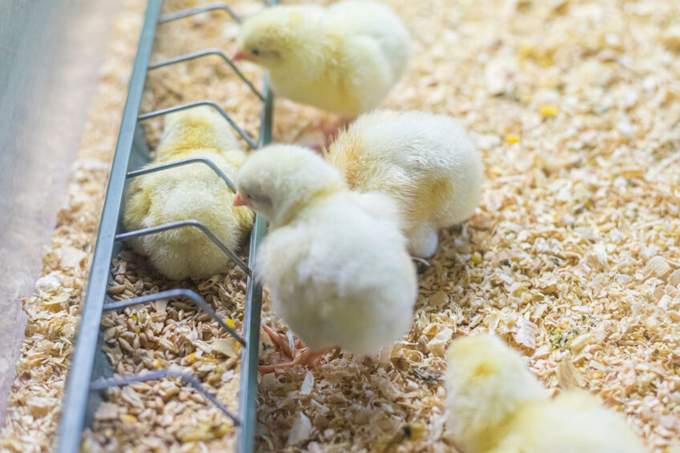
The ability to provide information about current welfare state and predict problems and give farm staff early warnings of potential welfare issues is based on the ability of machines to learn from large amounts of historical data. Photo: Canva.
British biologist and professor of ethology at the University of Oxford, Marian Dawkins, said for technology to deliver on its promise of being able to improve the lives of animals, 3 conditions needed to be met. These are:
Dawkins said smart or precision farming was a blanket term that covered a range of different techniques that use computers in agriculture and could be considered under 3 headings, namely:
Technology, she argues, has the potential to optimise living conditions for animals, save labour costs, detect and treat disease at an early stage, minimise waste and lead to higher farm incomes. Properly implemented, it could lead to genuine improvements in animal welfare, resulting in animals having healthier environments and new opportunities to practise behaviour that is important to them.
However, Dawkins warned that precision farming could lead to unsafe actions if there was total reliance on machines to control farming systems. This was also the case if humans did not recognise the inherent limitations found in artificial intelligence. Techniques such as Machine Learning use general purpose learning algorithms to find patterns in large data sets, but if the data sets are composed of biased or heterogenous data, the results will be misleading.
Physical health
In her paper, Dawkins said smart farming systems that could deliver the same welfare goals as the Five Freedoms/Five Domains, but do so more efficiently, objectively and with greater biosecurity than the more subjective, labour-intensive approaches currently in use, are likely to be attractive to hard-pressed producers.
Automated methods are now available for detecting signs of disease or injury in farm animals, using a variety of sensors including visual imaging, thermal imaging, and sound and movement data from accelerometers.
And the health of individual animals can be monitored either by placing tags, trackers or measuring devices on or even inside each animal non-invasively by visually recognising individual animals from camera data. For example, image analysis of facial expressions of pain in sheep has been used to give early warning of diseases such as foot rot and mastitis, enabling individual treatment before the disease spreads to the rest of the flock/herd.
Identifying sick or injured birds
Digital imaging technology can also be used to analyse different postures indicating sick or injured birds or to pick out lame broilers by abnormalities of their body oscillations, step frequency and step length.
Where thousands of animals are kept together in large groups, this ability could result in major welfare improvements. Individual recognition of broilers, for example, is currently difficult as flocks are assessed and treated as a whole. Feed, vaccination, medication, drinker height, lighting and other factors are not adjusted for each individual bird but are determined for the average needs of the flock, while welfare outcomes such as walking ability and leg defects are reported as a percentage of the total group.
The welfare of such chickens could be greatly improved with technology that allowed farmers to identify injured birds and treat them individually or to be alerted to particular areas of the house where potential problems such as smothering or over-crowding were starting.
Flocks would be treated not as a single unified block but as many individuals, experiencing different conditions and having different welfare outcomes, enabling greater focus on the welfare of individual birds than is currently possible.
Using visual images, broiler chicken flocks with high levels of leg damage and lameness can be automatically detected from anomalies in flock movement even before these become apparent to the human eye.
Mental health of animals
The idea of mental health in animals is supported by one of the most important recent developments in animal welfare sciences, the use of the ‘affective state’ framework. There are 2 ways in which smart farming can contribute in this area: helping to establish what circumstances give rise to positive or negative affective states and deciphering body language and physiological symptoms of animals in differing states.
Traditionally, such studies are conducted by direct human observation or analysis of video records, but the new technology opens up possibilities of analysis of much larger data sets about how animals spend their time. Finding patterns in otherwise unwieldly data through AI and other computer-based analytics could become important.
In some cases, Dawkins adds, it is already known that there are detectable differences between good and poor mental health welfare. Domestic chicks give soft ‘pleasure twitters’ when they are warm, well fed and with other chicks or their mother, whereas they give loud ear-splitting ‘distress’ calls when they are cold, hungry or isolated.
AI learning
The ability to provide information about current welfare state and predict problems and give farm staff early warnings of potential welfare issues is based on the ability of machines to learn from large amounts of historical data. If the data is good from working commercial farms, it should be able to assess whether adding perches or other environmental enhancements to broiler farms improved welfare. But it would need data on health and welfare outcomes on farms that had not installed such enrichments to ensure it gave useful information.
Dawkins said there is currently an issue around data confidentiality, with producers potentially unwilling to share their own farm’s information with other rival companies unless they could see a positive advantage in doing so. A second problem is data quality and the methods used for analysis. One route – the unrestrained artificial intelligence (AI) route – would rely on AI having access to all available farm records of animal health, regardless of how the data was collected or the exact definition of terms such as ‘hockburn’ in birds and ‘activity’ on whether all records contained the same range of variables.
Financial benefits
Investment in new technology, including provision for animal welfare, can only be justified if there is convincing evidence that it will be financially worthwhile. So for farmers to adopt smart farming methods, it is unlikely to happen where animal welfare is the only gain.
But while food companies and consumers can leverage pressure, improvements in animal welfare can often be linked to other benefits, said Dawkins, with lower levels of mortality, culls and downgrades, less waste and better feed conversion ratios. Scientists have shown that farmers switching to higher welfare standards for broiler chickens had lower mortality and used less antibiotics than farmers using conventional methods. But, a recent report by the Association of Poultry Producers and Poultry Trade in EU Countries argues that such welfare improvements could put additional costs of over 37% on each kg of poultry meat produced, pushing up the price of chicken.
So the key message is that investment in technology that improves animal welfare is unlikely to be used by commercial producers unless it can be demonstrated to give a return on investment and satisfy other requirements such as lower environmental impacts and greater food safety.
Whenever improving welfare costs money, someone has to pay. Working out who and how much calls for imaginative business models that will determine whether technology designed to measure and improve animal welfare does or does not get used on commercial farms.
(PW)
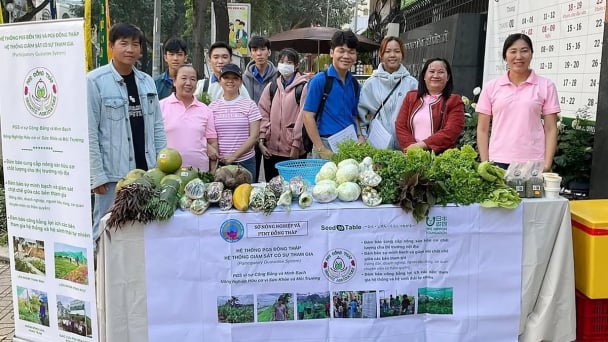
(VAN) Japan's grant aid project contributes to capacity building, promoting organic agricultural production, and fostering sustainable community development in Dong Thap province.

(VAN) For years, the CRISPR-Cas9 genome technology has been reshaping genetic engineering, a precision tool to transform everything from agriculture to medicine.
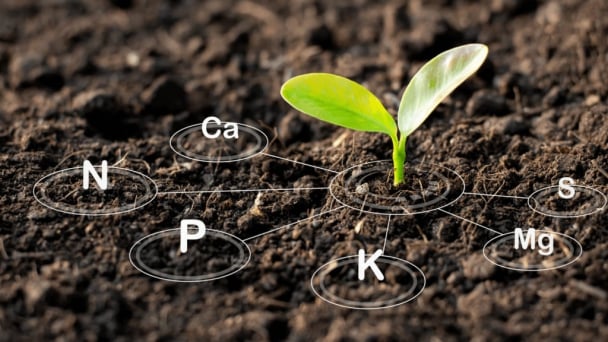
(VAN) Vietnam aims to become a 'leader' in the region in the capacity and managing effectively soil health and crop nutrition.
![Reducing emissions from rice fields: [Part 1] Farming clean rice together](https://t.ex-cdn.com/nongnghiepmoitruong.vn/608w/files/news/2025/05/05/z6509661417740_a647202949c539012a959e841c03e1d3-nongnghiep-143611.jpg)
(VAN) Growing clean rice helps reduce environmental pollution while increasing income, allowing farmers to feel secure in production and remain committed to their fields for the long term.
/2025/05/19/5136-1-144800_230.jpg)
(VAN) The Nghe An Provincial People's Committee has just approved the list of beneficiaries eligible for revenue from the Emission Reductions Payment Agreement (ERPA) in the North Central region for the year 2025.
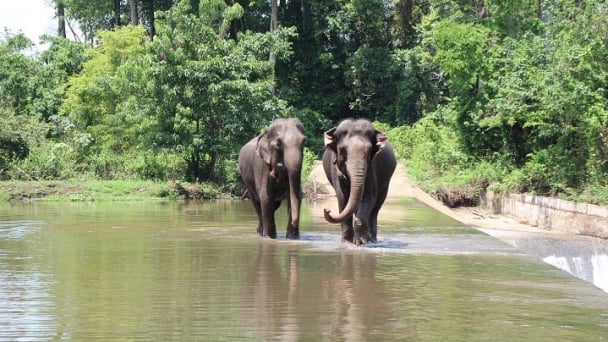
(VAN) 14 out of 35 domesticated elephants in Dak Lak province have had their living conditions improved, with 11 of them currently participating in the non-riding elephant tourism model.
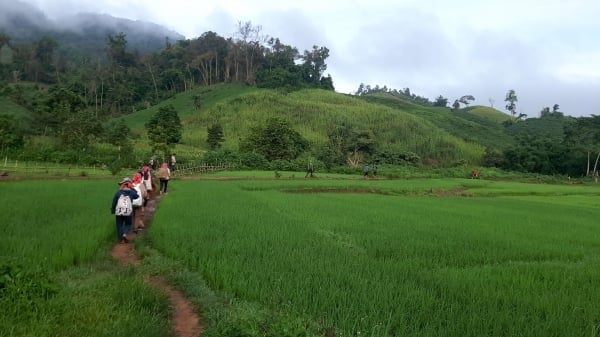
(VAN) Muong Nhe Nature Reserve hopes that being upgraded to a national park will lay the foundation for forest protection efforts to be carried out in a systematic, modern, and sustainable manner.